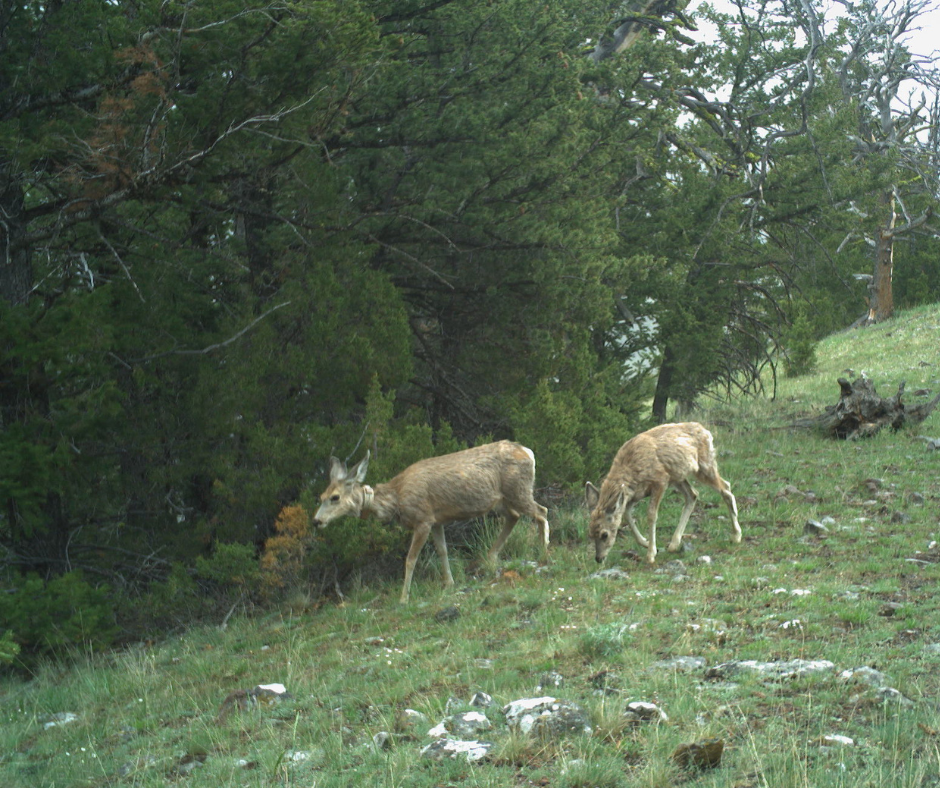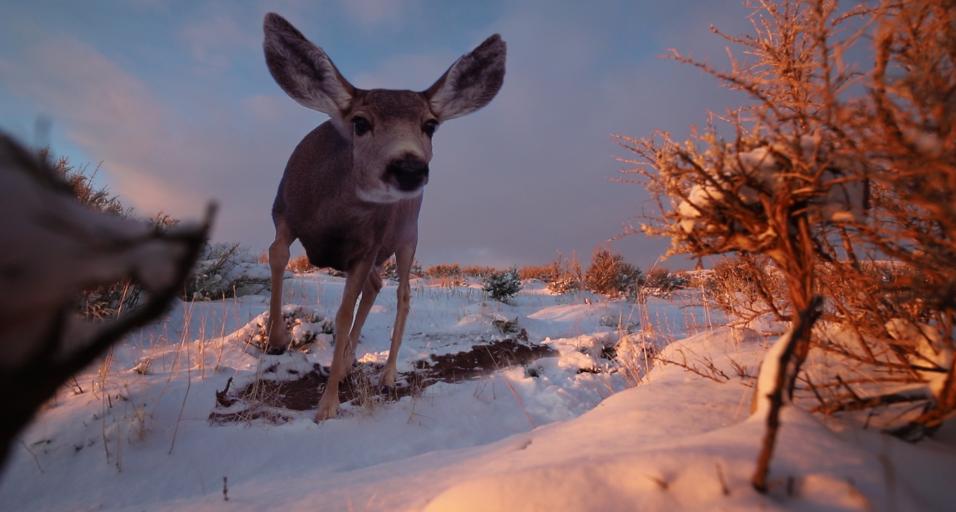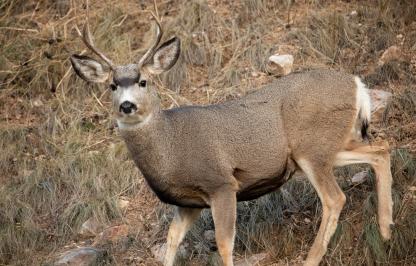Over the last year, mule deer managers at the Wyoming Game and Fish Department have been hard at work analyzing thousands of data points generated by collared deer on the landscape. The collared deer are part of a five-year monitoring project designed to enhance wildlife managers' understanding of deer populations, their health and herd structure/composition. The data collected in the project’s inaugural year has been revealing to wildlife managers and has already provided incredible insight into the daily lives of deer.

“This is not only a state-of-the-art project for Wyoming but for the entire West,” said Embere Hall, Game and Fish science, research and analytical support section supervisor. “This robust project has provided wildlife managers with reliable data on herd size, survival, disease, movement and habitat use”
Understanding and knowing how many animals are in a population is a cornerstone of successful wildlife management. However, obtaining accurate numbers can be challenging and costly. Before implementing the mule deer monitoring project, wildlife managers were only conducting one intensive survey per year to gather abundance data.
“There are 37 recognized herds in Wyoming. Gaining a statewide perspective of the population would have taken nearly four decades of work,” Hall said. “With the newly allocated resources for this project, we have been able to conduct 16 sightability surveys for 15 herds in two years.”
Of the herds surveyed, the Wyoming Range mule deer herd was surveyed twice — in 2022 and after the devastating winter of 2022-23. Wildlife managers don’t typically conduct intensive abundance surveys two years in a row, but given the unprecedented winter, regional managers decided it was important to obtain an accurate and full picture of this herd’s population.
One of the most influential aspects of population size is survival, which is monitored through the use of GPS collars fitted to approximately 1,000 deer across the state. The collars provide near real-time reports on mortality directly to biologists within 4-8 hours. This GPS location allows wildlife managers to go directly to the site and investigate the mortality.

Collar data provided key mortality data on the herds throughout the winter of 2022-23 and provided biologists with much-needed insight into winter impacts on mule deer across the state.
Wildlife managers also have the added advantage of learning about movement patterns, seasonal ranges and effectiveness of habitat treatments. Movement data will allow biologists to update seasonal ranges in the future.
“With this data, Game and Fish will be able to see where deer go and where they stay, what habitat they use and where they avoid, giving biologists the opportunity to dig into the why,” Hall said. “We have seen incredible amounts of movement across some of our herds.”
The project's newest component involves a deep dive into mule deer and elk population dynamics. Wildlife managers have collared 120 elk in elk Hunt Areas 6 and 7 and will evaluate how mule deer respond to increased elk harvest.
Learn more about the mule deer monitoring project on the Game and Fish website.




